Completing CDL hazmat training and getting a CDL with an H endorsement involves critical steps toward licensure for a commercial driver who intends to transport hazardous materials. Such a license, after the development of courses taken in relation to Hazmat and the passing of specific tests, ascertains that drivers know how to handle and carry materials without any risk, including that to public health and the environment. This guide covers what CDL hazmat training for CDL entails, details the options for online and in-person courses available, and answers some frequently asked questions to help you prepare.
What does a CDL Hazmat training course include?
The CDL Hazmat training course typically covers the knowledge of how to safely manage, transport, and handle hazardous materials. This kind of training enables drivers to be aware of regulations, classifications, and procedures in such a way that the public will be protected from safety hazards and federal and state laws complied with. Each section is structured in such a way that drivers can meet certification requirements and successfully pass their Hazmat endorsement examination. Some general topics of the CDL Hazmat training course are presented below.
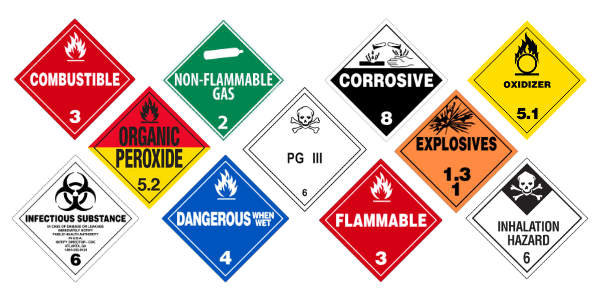
Vehicle inspections and reporting mechanical issues
In training for the CDL Hazmat, there is value in understanding vehicle systems and detecting vehicle malfunctions which may pose some risks in carrying hazardous materials. Drivers learn to check critical systems such as brakes, tires, and lighting regularly, assuring the safety and stability of the vehicle. For immediate reporting, the training emphasizes every malfunction that may cause an accident or a hazardous leak so that the driver is able to remain in compliance with the law and protect from possible Hazmat incidents on the highway.
Federal Hazmat regulations
The foundation of the training for CDL Hazmat begins with understanding and adhering to the regulations of DOT and FMCSA. Drivers study specific laws in relation to the transportation of hazardous materials, including the safe operation of loading, unloading, and handling of different types of substances. This topic will also be touching on the responsibilities that drivers bear in relation to the requirements of inspection and penalties for non-conformity in order to ensure that owners of CDL are in a position to keep themselves away from violations.
Hazardous material classifications
Examples of these classes include flammable liquids, corrosives, and radioactive materials, all requiring special handling. This section will help the driver understand the various types of Hazmat classifications and their unique risks. By knowing the classification, drivers are able to take appropriate safety for each type of material they may be hauling, and also learn of any special protocols or equipment that may be required for handling certain classes of Hazmat.
Safety procedures and protocols
Other principal safe practices include proper accident prevention, safe moving of cargo, among others. Some of the training that a driver may undergo includes how to use and the availability of personal protective equipment, storage conditions and methods of loading and unloading. This category also includes proper vehicle inspection to facilitate spill management or to avoid contamination to ensure safety measures are followed.
Labeling and placarding requirements
Proper identification and placarding are essential to notify both the emergency responder and the general public about the hazards involved. This section of the training identifies what information the Hazmat labels and placards must display, where they must be displayed, and what must be shown on them.
Drivers will learn how to identify appropriate symbols, colors, and numbers that indicate the hazards of the materials to be transported and how to properly apply them so that their loads are properly identified to assure compliance and recognition during an emergency.
Emergency procedures and accident protocols
Drivers need to be informed about actions to be taken in case of an accident or spill. Topics covered in this section include appropriate emergency procedures, which would involve notification of the proper authority through containment or management of the spill where possible. In this section, drivers will be shown the steps to follow in any particular instance: fire, contamination, and how communication should take place for accurate reporting of incidents.
Online CDL Hazmat training course
The online courses are designed to be flexible and can be taken at any time; therefore, drivers who are employed but wish to train in their free time are targeted. They are ideal for CDL holders who need to fit training around their schedules. These courses focus on the knowledge, not any skills training:
HazMat School by Lion Technology
This self-paced course is done in a structured format to guide CDL drivers through the process of acquiring Hazmat certification. As one of the leading resources for comprehensive training, this course arms drivers with the knowledge they need to safely handle, transport, and comply with regulations regarding hazardous materials.
- Length: Self-paced, usually finished within a couple of days
- Course elements: Federal and state regulations, safe transportation practices, emergency response
- Certification: DOT compliant Hazmat training
For more information, follow this link: https://www.lion.com/training/hazmat-training

Hazmat certification course by DOT compliance group
The DOT Compliance Group’s Hazmat Certification Course plays a significant role in assisting CDL drivers with the DOT requirements for safely moving hazardous materials. For convenience and speed, the course has been designed to address areas that are crucial for compliance while ensuring driver safety.
- Length: About 4 hours
- Course elements: Labeling and placarding, safety protocols, DOT regulations and accident prevention
- Certification: A DOT-compliant training completion certificate
- Highlights: Easy to understand concise text allows quick learning; current regulatory information
You can explore the detailed of this course through: https://dotcompliancegroup.com/hazmat-compliance/
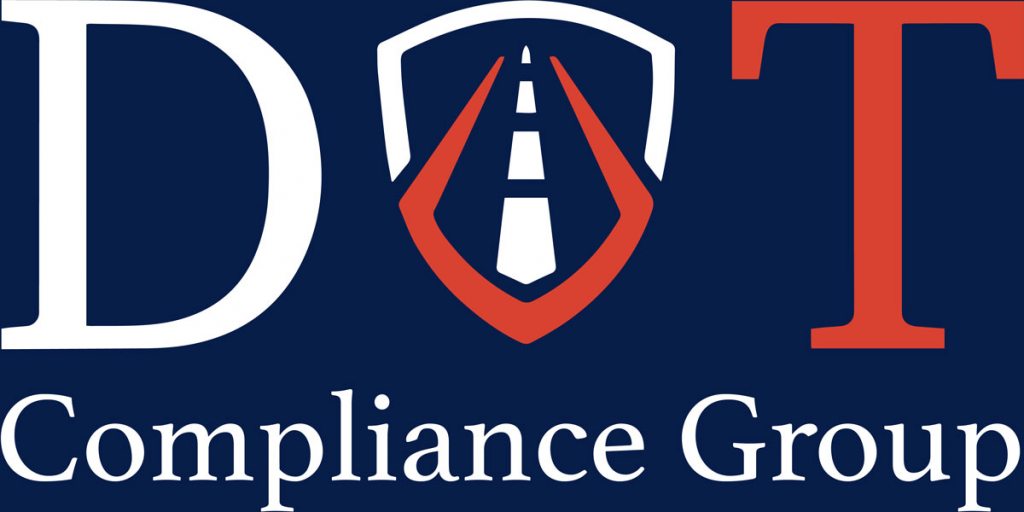
The Transportation Safety Institute (TSI)
The Transportation Safety Institute provides intensive Hazmat training that seeks to provide CDL drivers with advanced knowledge in the safety and regulatory practices of hazmat transportation. DOT recognized, this course ensures that crucial elements in Hazmat transportation are emphasized for standards of compliance and incidents preparedness.
- Length: Typically 6-8 hours.
- Course elements: Comprehensive training on Hazmat regulations, security awareness, and emergency response.
- Certification: Recognized by the DOT, suitable for professional CDL Hazmat certification.
- Highlights: High-quality, current training with an emphasis on practical application and safety
Click on https://www.transportation.gov/transportation-safety-institute to get a throughout information.
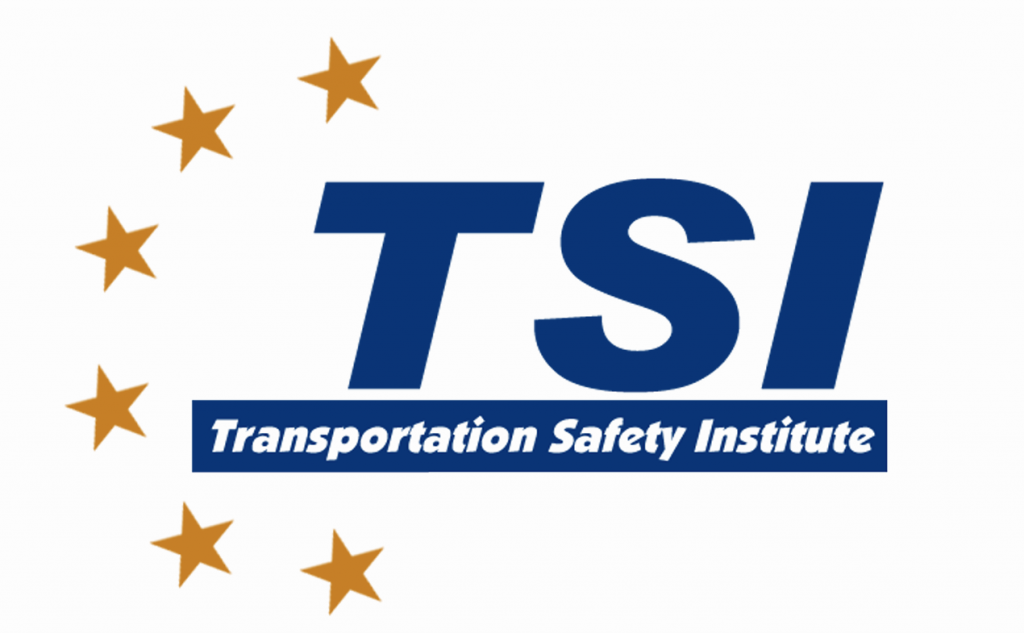
Top CDL Hazmat training schools
Besides online courses, several schools spread all over the country offer face-to-face CDL Hazmat training. Some of the most prominent ones are as follows:
National tractor trailer school – NTTS
National tractor trailer school is one of the most well-known schools offering CDL training and Hazmat certification. Its various programs are devised in a way that is believed to be satisfactory for drivers to develop the skills and knowledge needed to drive successfully in the business of commercial trucking. Students attending NTTS get hands-on training provided by instructors with years of experience. The additional resources help students learn and gain confidence in Hazmat transport.
- Locations: New York
- Courses offered: Practical CDL training with Hazmat courses
- Reputation: For detailed courses and a more significant passing percentage of students.
Get more insight about NTTS by following this: https://ntts.edu/
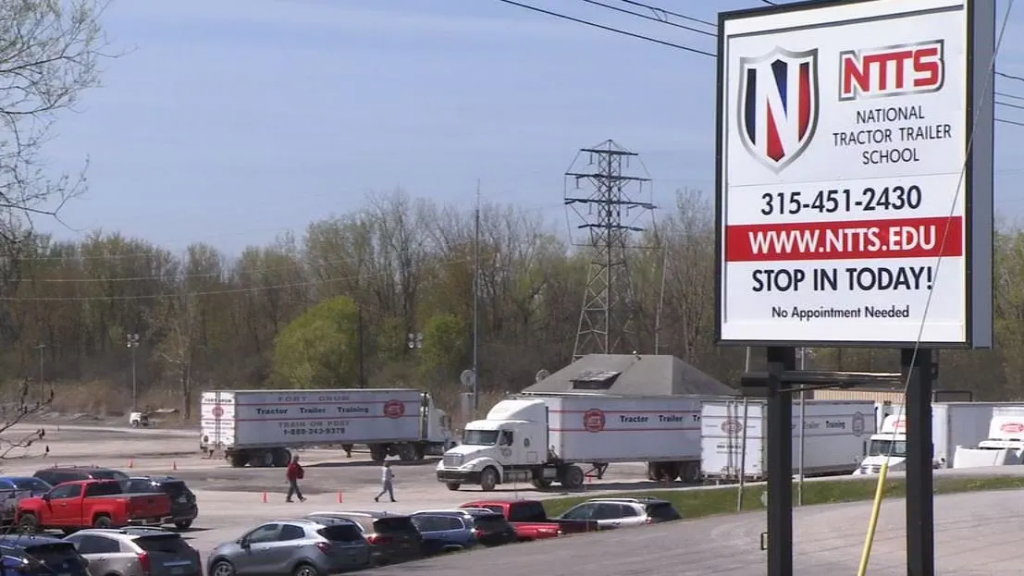
Roadmaster Drivers School
Roadmaster Drivers School is a nationally recognized, professional school that offers specialized training in CDL and Hazmat to see one through a promising trucking career. Combining extensive practical experience within the school, it prepares future drivers for the transportation of Hazmat cargo in accordance with regulatory standards.
- Locations: All over the country
- Courses offered: CDL training with Hazmat endorsement preparation
- Reputation: Highly experienced instructors with a better percentage of student pass-outs.
Uncover additional information about Roadmaster Drivers School by visiting this: https://www.roadmaster.com/

Midwest Truck Driving School
Midwest Truck Driving School has many programs for both CDL and Hazmat, which are designed to prepare the graduate with the proper skills and knowledge to face the world of trucking. The school combines classroom education with hands-on experience that will ensure graduates are well-prepared for the road and meet all industry standards for safety and compliance.
- Locations: Michigan
- Courses offered: CDL Class A and B courses with Hazmat endorsement training
- Perceived quality: Quality instructor support and in-depth Hazmat training
Discover more details about Midwest Truck Driving School by checking this out: https://www.midwesttruckdrivingschool.com/
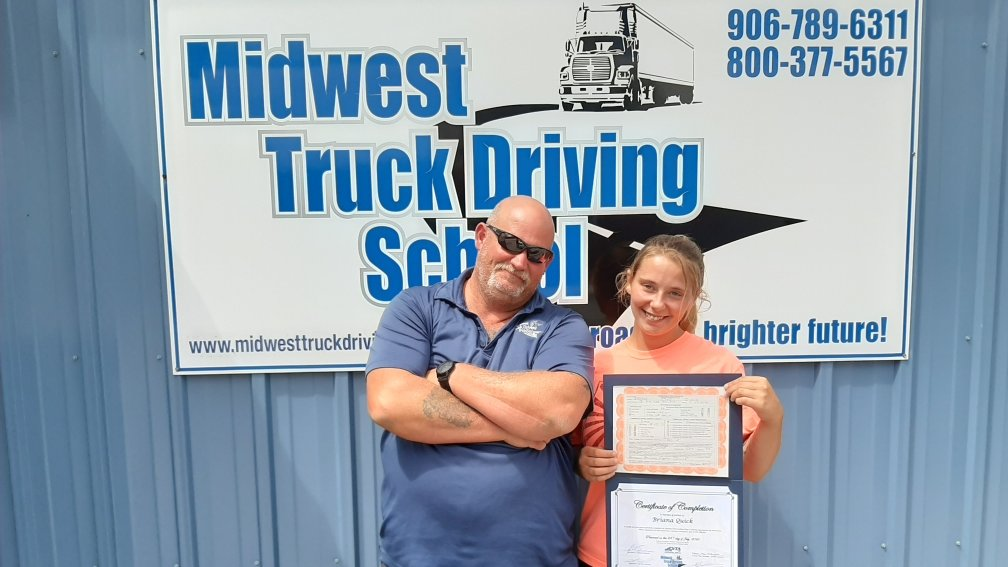
SAGE Truck Driving Schools
The SAGE Truck Driving Schools offer quality CDL and Hazmat training through a set of flexible programs, which prepare students for their chosen careers in trucking. Emphasizing classroom instruction along with hands-on driving experience, SAGE prepares its students with knowledge and practical skills that will enable them to pass their CDL exams and safely and efficiently transport hazardous materials.
- Locations: Nationwide
- Courses offered: Customized CDL and Hazmat
- Perceived Quality: Flexible class schedules and quality instruction
Gain deeper understanding of SAGE by exploring this: https://sageschools.com/

These schools offer thorough training and hands-on experience and often will make a student better prepared for the test to obtain the Hazmat endorsement.
FAQs
1. Is CDL Hazmat training hard?
CDL Hazmat training may be complex in that it encompasses a mass of regulations, safety measures, and technical knowledge; nevertheless, most students who adequately prepare themselves manage to pass the test. Instructors often give tips regarding which areas to focus on in studying for the Hazmat test, so studying is made easier.
2. What are the benefits of CDL drivers when completing a Hazmat training course?
- Higher salary: Generally, Hazmat drivers get paid more due to the nature of the job, which requires special skills and much more significant responsibility.
- More job opportunities: Since many companies need Hazmat drivers, it consequently allows them to have more job opportunities.
- Career advancement: A Hazmat certification is a source of pride; therefore, some drivers may be considered for advanced positions within their employing companies in logistics and transport.
Final thoughts
Taking the CDL Hazmat training is a further investment for those CDL holders willing to increase their qualifications and field of action. Whether online for flexibility or at an in-person school, drivers will have what it takes in skills and confidence to handle hazardous materials safely. This opens them up to higher-paying jobs and a wider field of opportunity in the transportation sector. Wishing you success on your path ahead!



